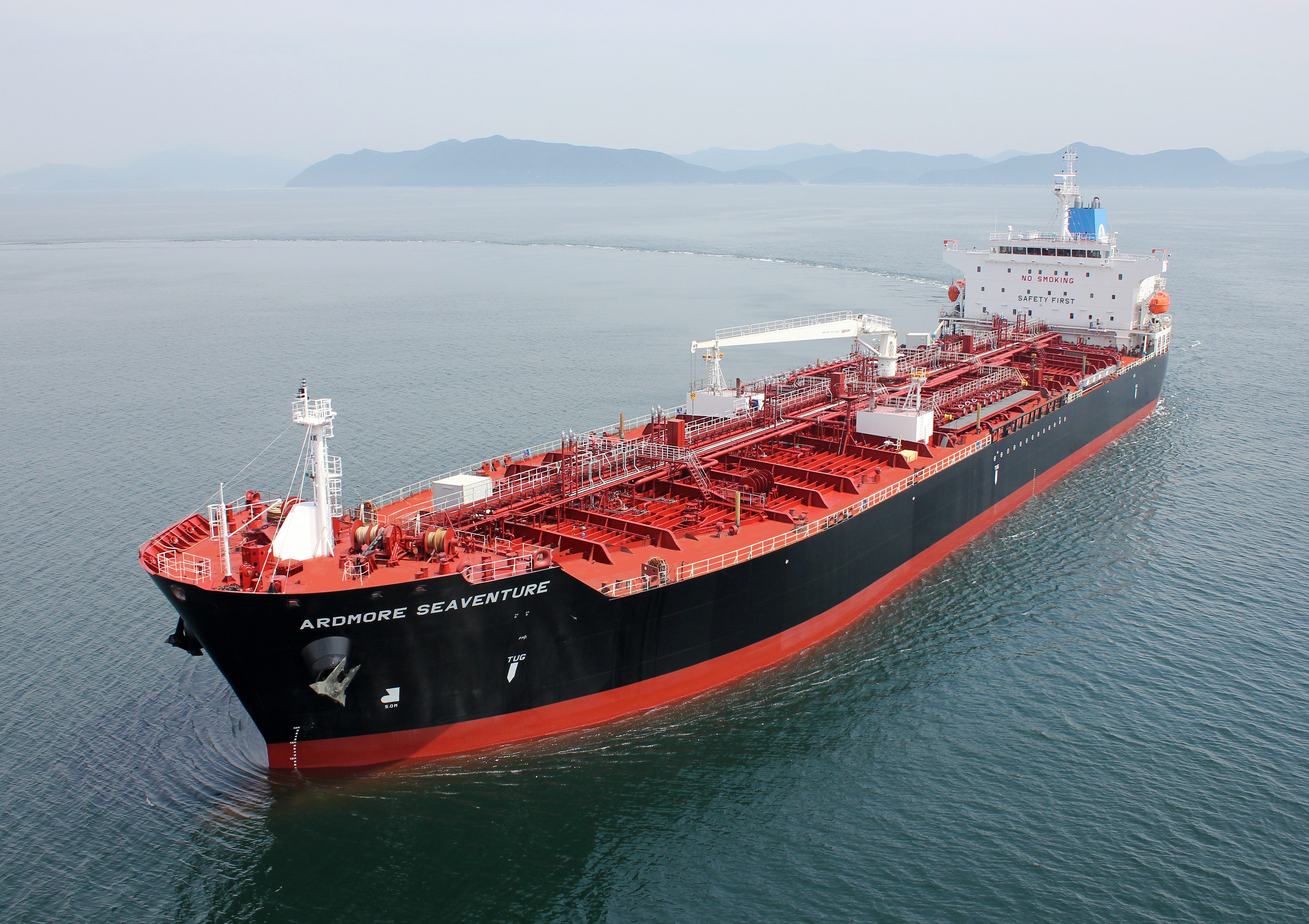What Ardmore shipping’s market presentation revealed about the industry
The Ukraine Crisis, and with it the West’s difficult relationship with Putin’s oil and gas, has shifted geopolitics and led the discussion about energy to move first from energy efficiency to energy transition, and leading to energy realism.
Irish product and chemical tanker owner/operator Ardmore Shipping gave a company update with Capital Link recently, offering a god insight into where the tanker markets currently sit as society deals with Putin, pandemics, and pollution.
Ardmore CEO Anthony Gurnee highlighted the shift to an energy realism, where the realities of energy supply are mixed with the aspirations of decarbonisation. While the focus is on the oil, gas and even nuclear reasons for the Ukraine invasion, and the global implications on energy, Gurnee said this will likely speed up the energy transition rather than slow it, but the market fundamentals will still lead to an increase in oil and gas demand in the coming year. (a similar Capital Link presentation by LNG carrier owner Capital Product Partners highlighted the tonne mile increase in LNG carrier demand as the West seeks non-Russian LNG).
This leads to interesting pressures and dynamics in the product tanker markets. Shipping is still under regulatory pressure to reduce emissions, and this means in the immediate term the EEXI where owners and operators will be looking to affect operational and technical changes on tonnage.
Growing energy prices (Brent Crude, the benchmark for oil prices, has risen to one of its highest eve and fuel oil and diesel prices in ports has also risen significantly. Fuel efficiency on ships then benefits operators and cargo owners’ pockets (where there is incentive) even more, and of course reduces greenhouse gas emissions.
These price rises mirror trends in 2012 when oil prices rose quickly. Fuel oil prices climbed steeply, being around $585 per tonne in 2010 and reaching higher than $830 by 2012 before climbing down again. Fuel oil is again up near $730 per tonne having climbed in recent weeks from around $500. Low sulphur fuel is more expensive now at over $1000 a tonne.
In 2012 vessel operators and owners began hitting customers and cargo owners with high bunker surcharges and a trend began to sail vessels fuel efficiently. The higher prices led to lower steaming, containerships getting reshaped bulbous bows for more rational speeds, and hull and propeller appendages were installed, an increased focus on hull cleaning (clean hulls are smooth hulls, smooth hulls go more easily through the water saving on fuel bills). Of course, 2012 is not 2022. The global sulphur fuel cap in 2020, and the ECO rules of 2015 have since impacted bunker fuel demand, and requirements on CO2 emissions are also creating new challenges such as the energy efficiency existing ship index and the carbon intensity indicator.
Ardmore believes it is in a positive position on this front due to its product and chemical tanker fleet being 5% below the targets for the EEXI levels on average.
And as if to prove its talk about being part of the change it pumped $10m into a joint venture with US tech firm Element 1 in 2021 to form E1 Marine and a technology to convert methanol to hydrogen onboard ships and then use the hydrogen as a fuel (for Ardmore’s case this could see fuel cells being deployed where auxiliary engines and generators are used today). An interview of the Fathom World Aronnax Podcast with COO Mark Cameron can be found here.
Oil flows changing
Shifting refinery trends are also symbolic of the change in energy security, and where the product and chemical vessels can take over from crud oil carriers. Older less efficiency refineries in Europe for example are closing down, and larger more efficient refineries in Asia and the Middle East have and are being built. This means more demand for the vessels a company like Ardmore has and less demand for VLCCs.
Using the closing of a Australian refinery as an example, Ardmore has estimated that the switch from a 100,000 barrels a day refinery into an import terminal has led to demand for an additional 10 MR tankers (medium range tankers: 40,000 to 55,000 DWT)
Oil demand will grow not dampen
Even though there is the global push for a net zero society, even though the Ukraine conflict has led to geo political instability and regions looking closely at their energy independence, oil demand will grow by an estimated 1% this year, not decrease, adding to the demand increase for tankers, according to data Ardmore used in its presentation.
Add this to the trend to locate more efficient modern refineries where the crude oi is being extracted and not at the user end, and this gives a product tanker growth in tonne miles growth of about 4% per year. A trend which is now a decade old.
Tanker demand fundamentals
While there is this demand increase for product tankers, notably more efficient ones, there are just not enough of them, and good second-hand steel prices last year coupled with regulatory uncertainty has not helped future supply.
Strong steel prices meant that scrapping has significantly increased in the product tanker segment in 2021, right through the various size ranges (MR, LR1 LR1), with vessels on average being 20 to 25 years old (5th special surveys when operators need to make critical decisions). Flat charter rates dampened earnings too pushing the balance towards vessel removal.
So with an ageing fleet coupled with good steel prices leading to scrapping and owners being reluctant to order new tonnage speculatively the supply side of the market is low while demand is high, (Ardmore said there’s an orderbook of 175 ships over the next three years, which represents 6.1% of the product tanker fleet). That’s roughly 60 vessels a year which is in line with scrapping levels so no growth in vessel numbers. The orderbook will remain low for two reasons, The first is the lack of clarity over emission regulations (decisions on fuel choice and technology) and lack of newbuild berth availability (high orders for dry bulk vessels and container ships).

































